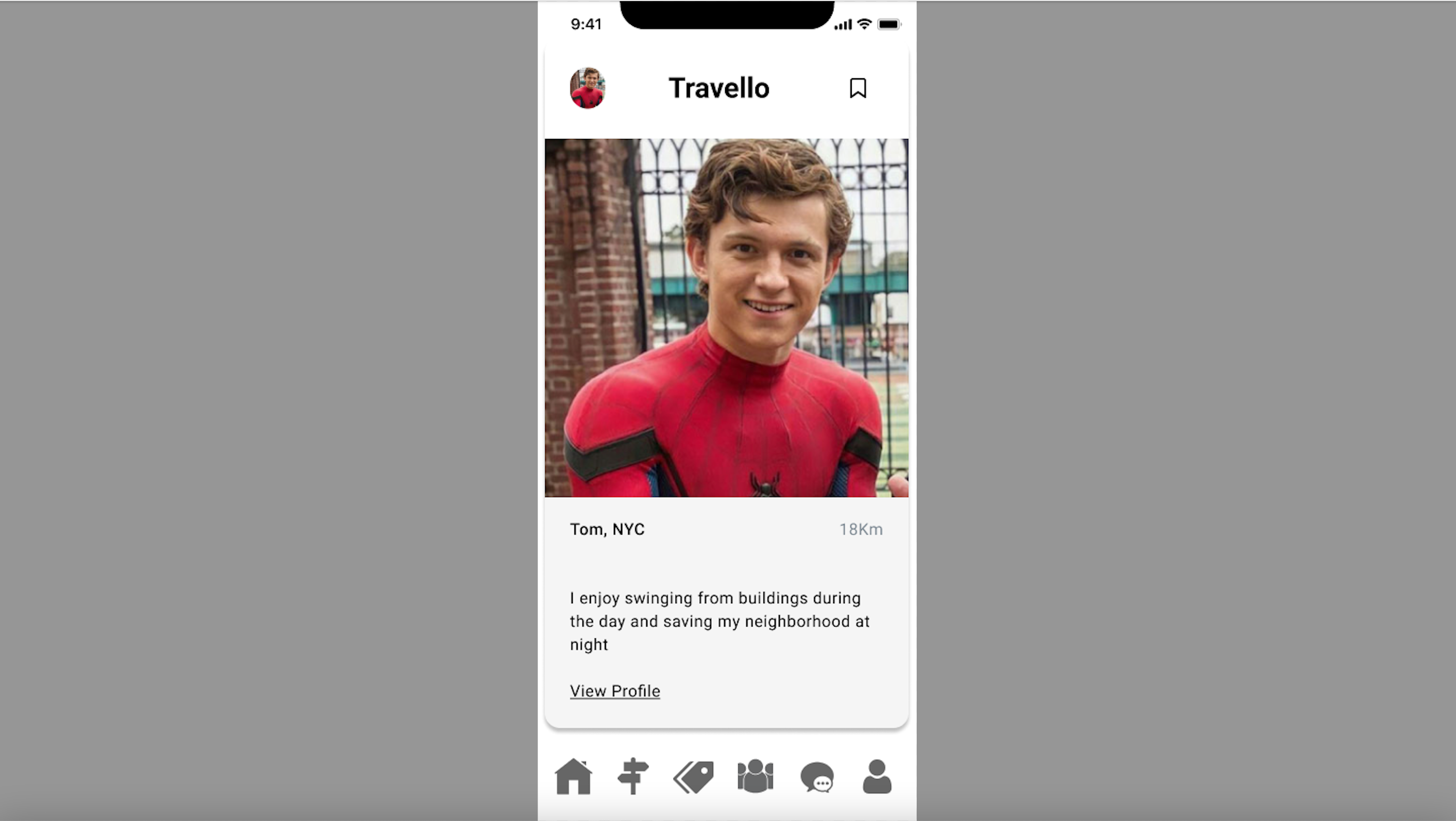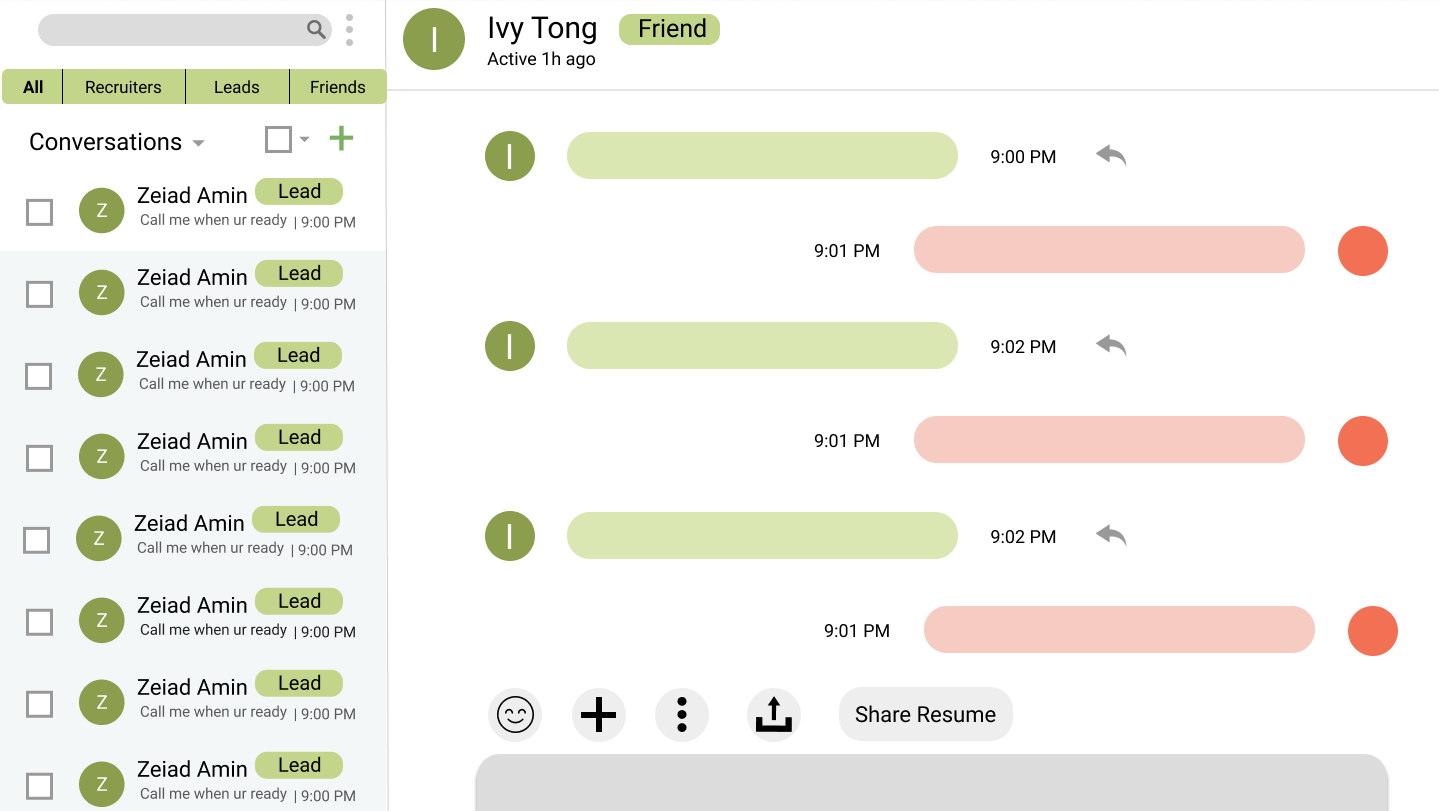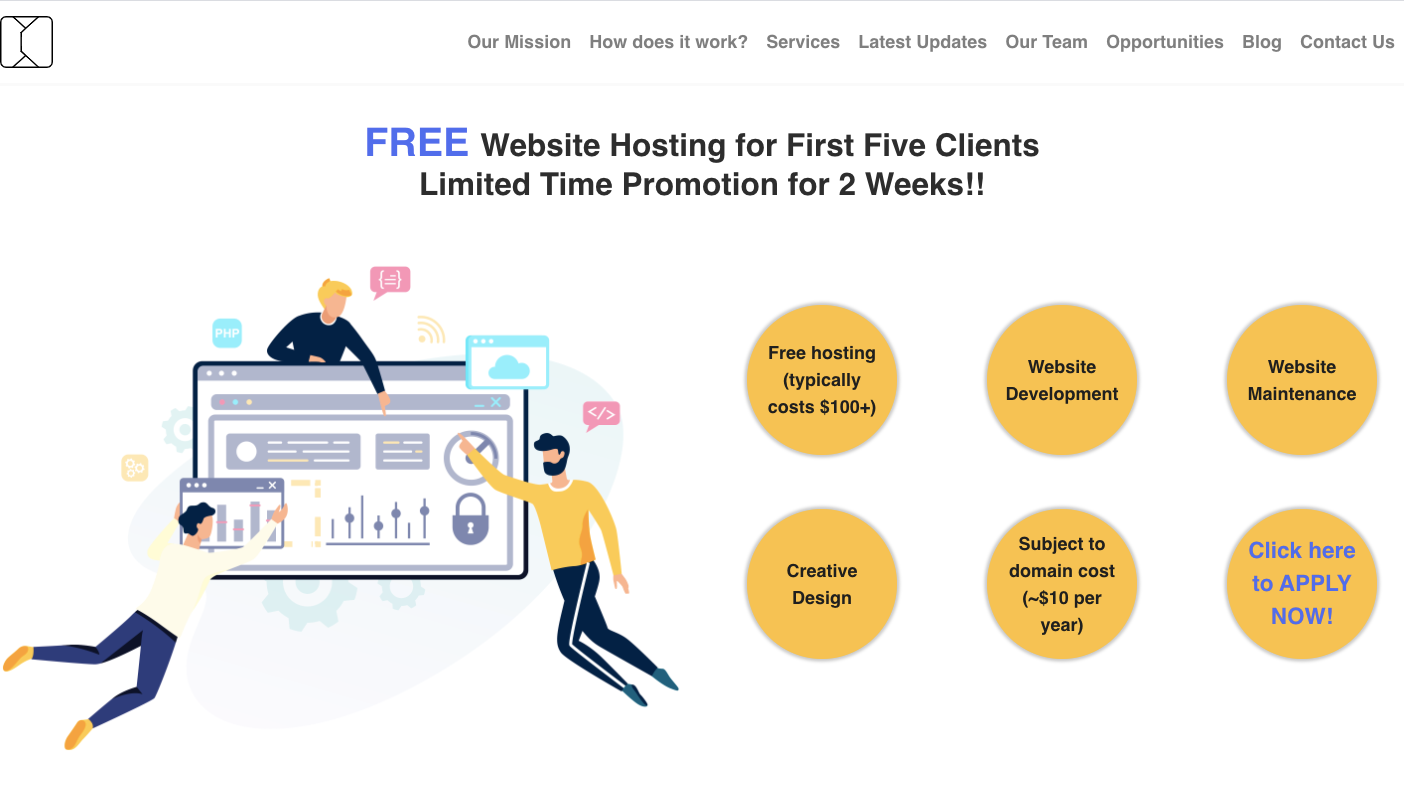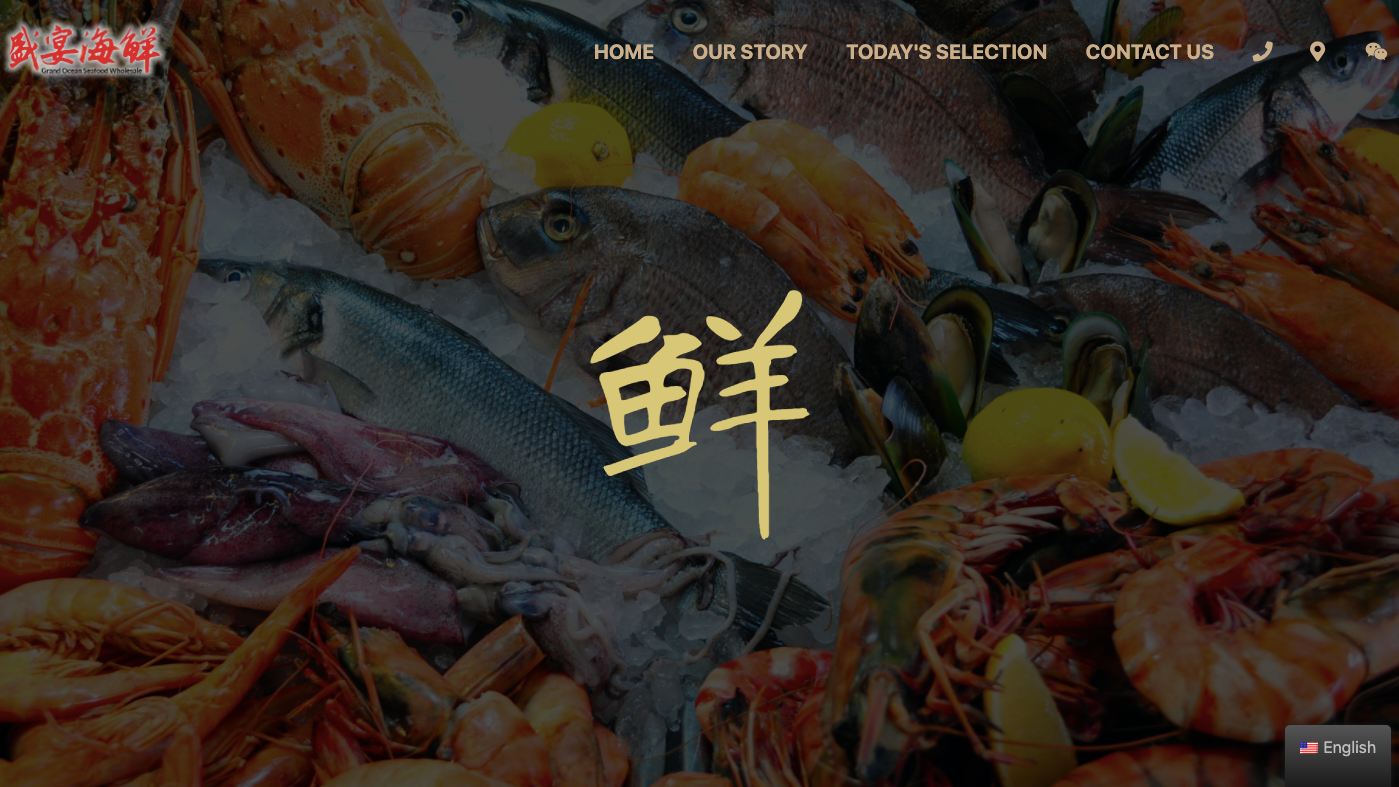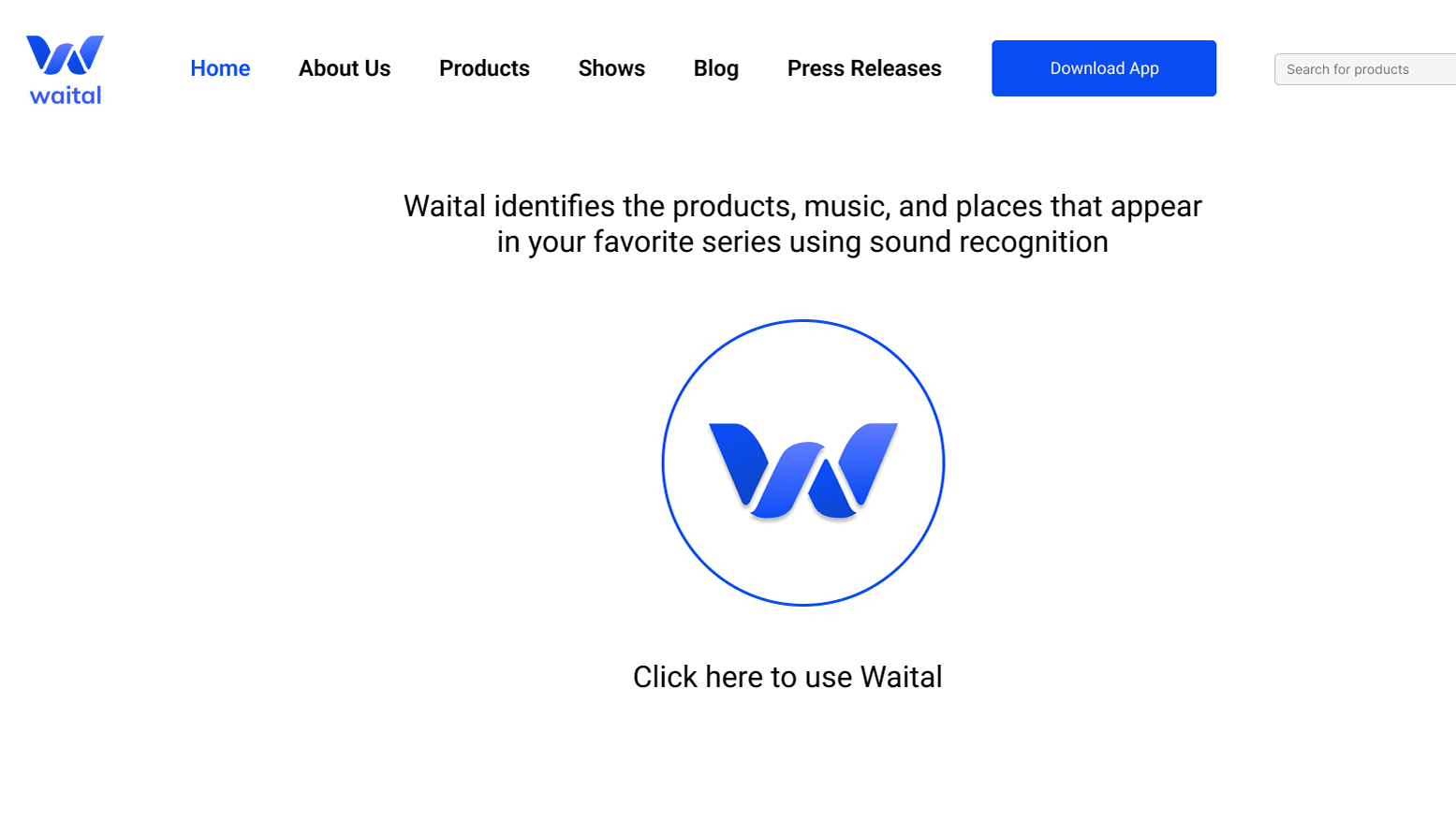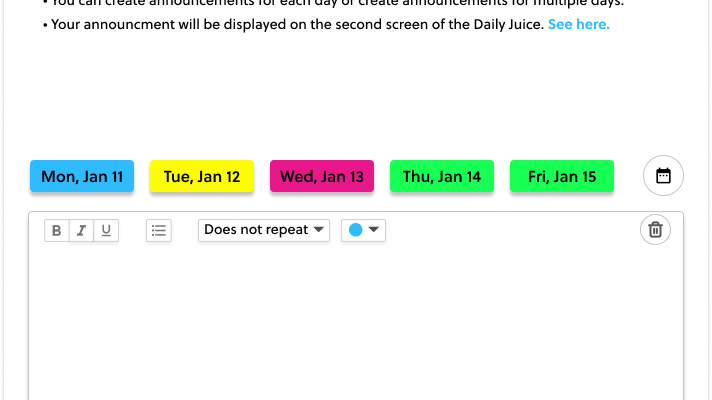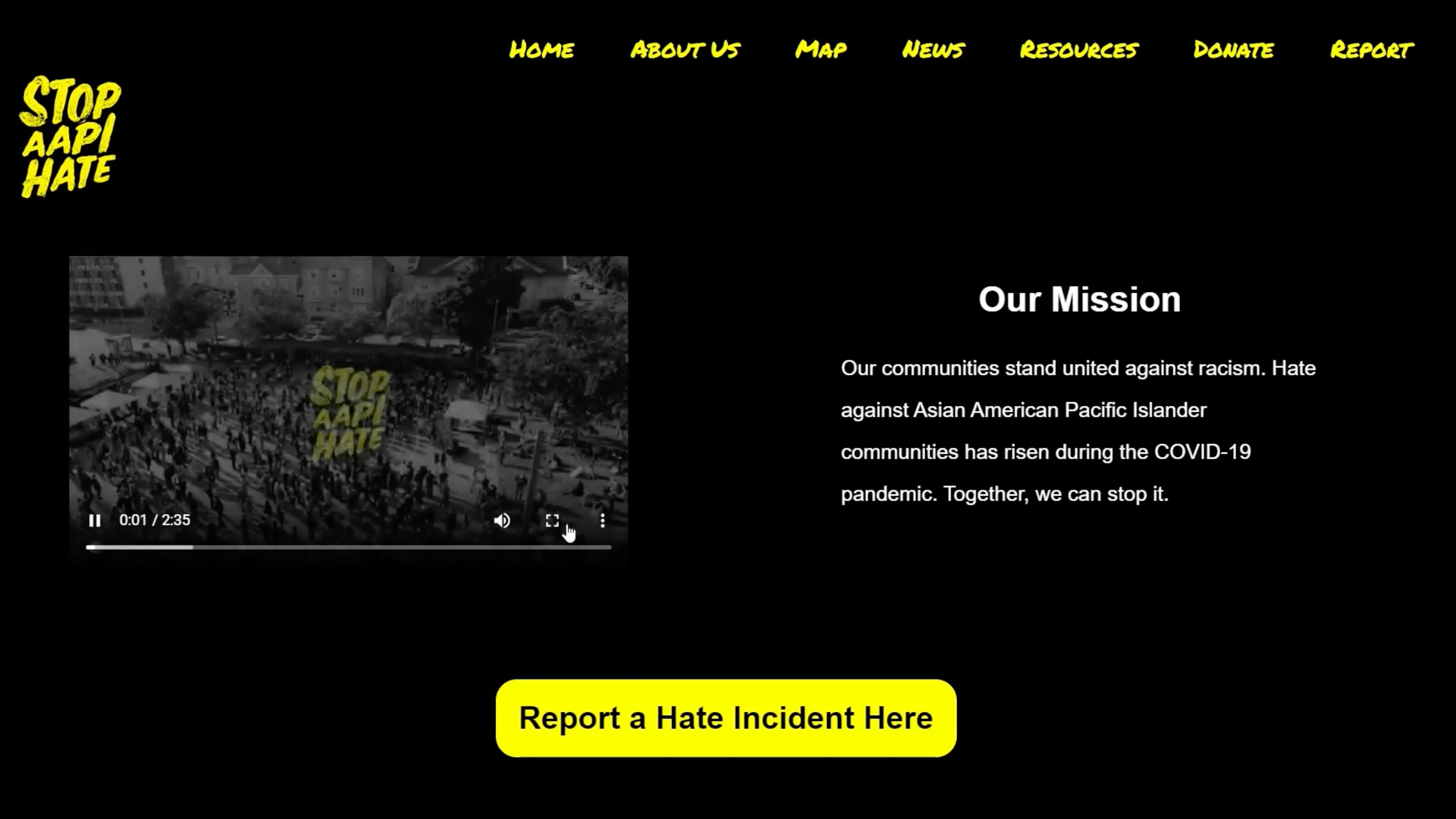"As you walk through the desert of life, may you always find your oasis—a place where you can find safety and sustenance."
Overview
My Role
Timeline
Low-Fidelity Prototyping
High-Fidelity Prototyping
March 22-24 2019 (2 days)
Tools
Team Size
Adobe XD
4
The Problem
In recent decades, the advent of natural disasters is more anticipated than ever. Mitigating the effects of climate change is currently an overshadowing problem. However, we also need to readjust our focus on how to manage the effects of climate change, as the implications are very immediate and detrimental.
Many people who remained in New Orleans during Hurricane Katrina did not do so willingly. They had no other option. Fourteen percent of people affected had a physical disability and fifty-five percent had no access to transportation. With our app, we aim to create an oasis—a safe place where these affected victims can take time to recover without the burdens of cost or inconvenience.
Our color palette was created specifically to challenge the norm of natural disasters being associated with emergency or crisis. Instead, with our app we wanted to send the message that "This is only temporary, things will be okay soon".
To interact with the prototype yourself, visit:
My Role
I designed and prototyped the onboarding process, the 'Profile matching,' and 'Getting to your Host's Home' aspects of the project. This was my first time learning about UI/UX design and I had a lot of fun in the process!
What It Does
Oasis is an accessible mobile application that matches people affected by natural disasters with volunteers who are willing to provide them with temporary residence. When you first open the app, the login screen gives two options. You can either register as a host or someone seeking temporary residence.
We wanted to streamline our app as much as possible without compromising accessibility, since many of the app’s users will likely be using the app in urgent situations. To accomplish this, we decided on a simple registration process that consists entirely of multiple choice and yes or no questions, with the only exception being the first step that asks for basic contact information.
The registration process focuses on five key aspects of accessibility: the number of people in need of refuge, wheelchair accessibility, dietary needs, allergens/pets and languages spoken (for overcoming language barriers).
Challenges
My team (Lovely, Liana, and Moitrayee) and I first came up with the idea of Oasis at a 48-hour hackathon, TechTogether Boston. We had 48 hours to research, execute our idea, design our application, learn how to use a new application (Adobe XD) that none of us had ever touched before, develop our application, and prepare to present it. After some research, consulting with mentors, and deciding that we wanted to build an app, we had 31 hours left to do everything else. Yes, we were in a huge state of panic initially, but, before we knew it, we were having fun making multiple mistakes. From finding out that a task that took us three hours to complete could have taken five minutes using a different method to completely scrapping an idea, we persevered and braved through laughable experiences. And by the end of the 48 hours, Oasis was finally done!
Register to Host Screens
Get Matched Screens
Check out the video to see how Oasis works!
